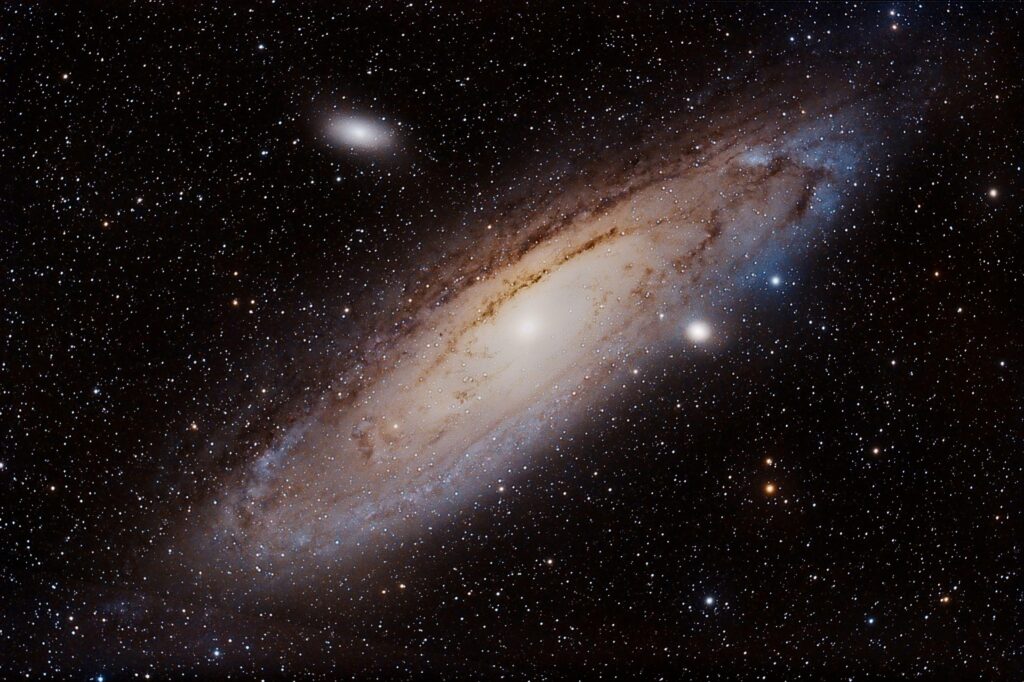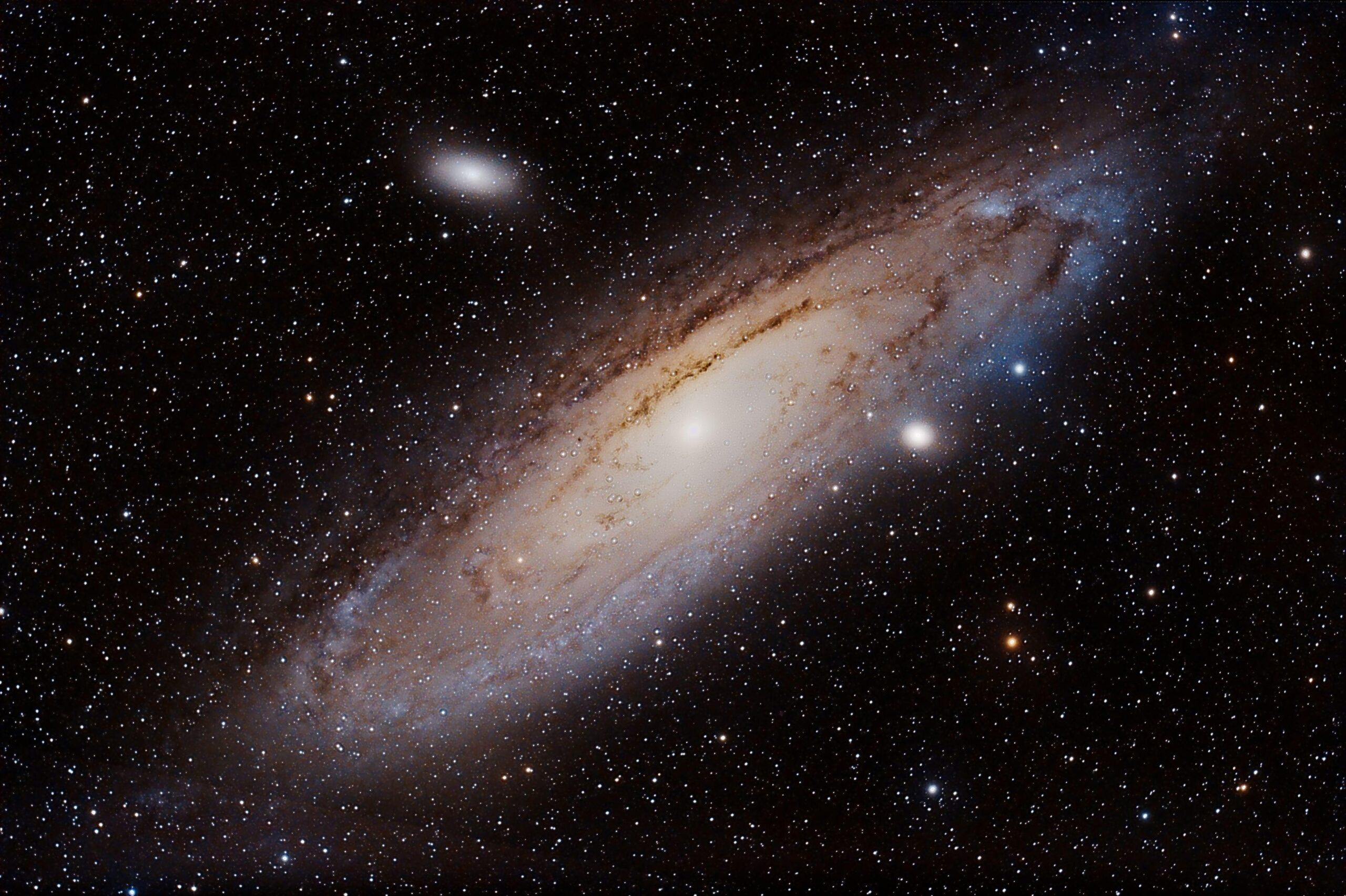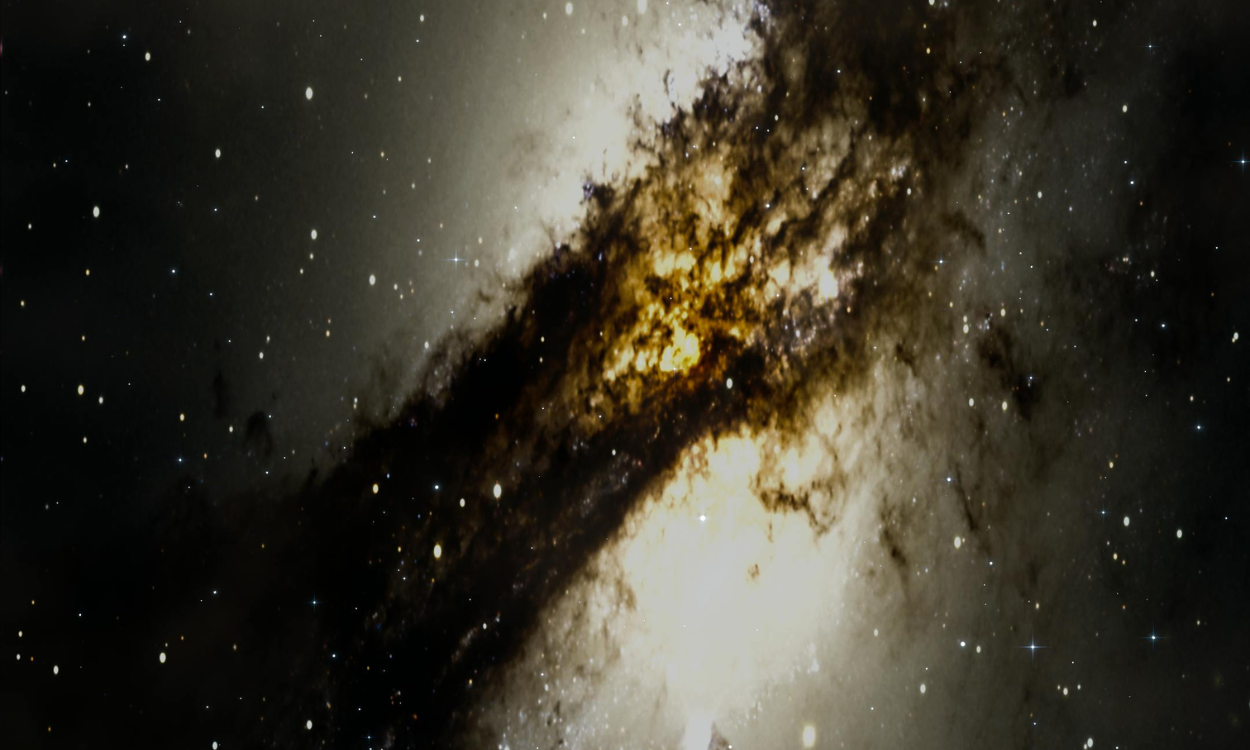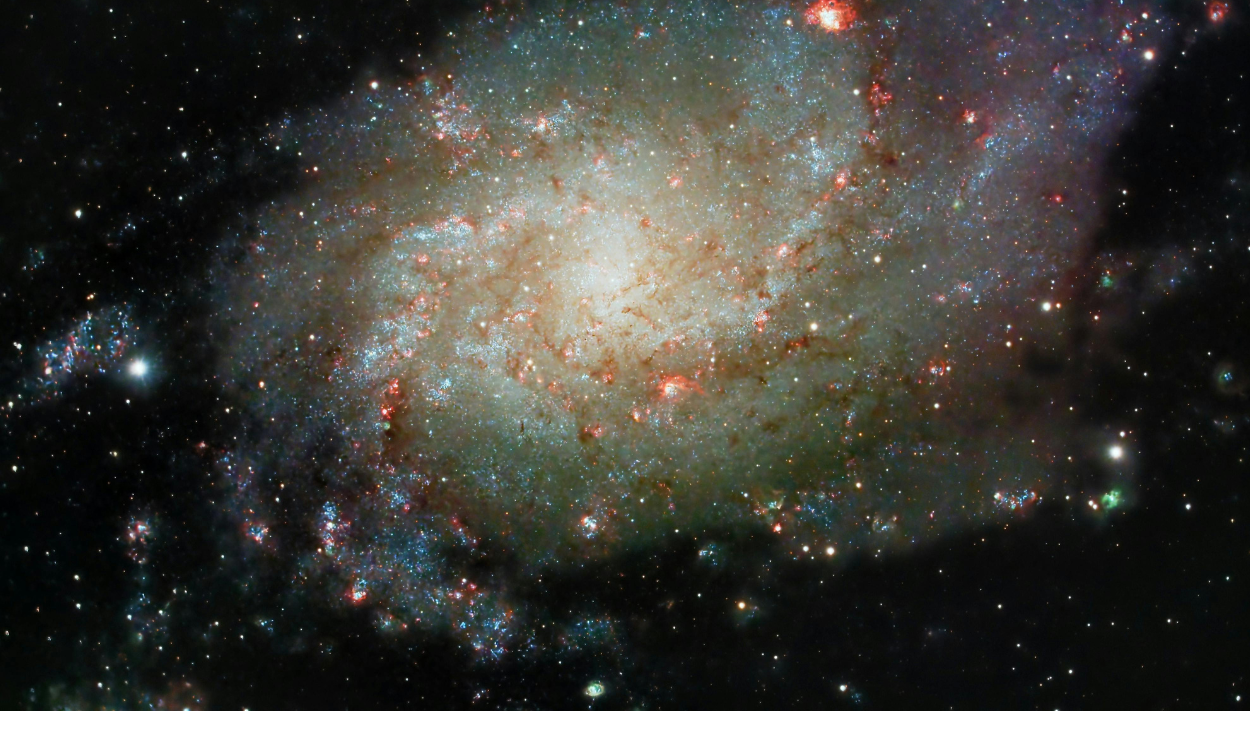Cosmic Wonder: The Enigma of Andromeda Galaxy
The vast expanse of the universe is teeming with celestial wonders, but few captivate the human imagination as profoundly as the Andromeda Galaxy. Often referred to as M31, this neighboring galaxy is a rich tapestry of mysteries waiting to be unraveled. With its striking beauty and astronomical significance, the Andromeda Galaxy continues to intrigue scientists and stargazers alike.
Table of Contents

A Neighbor in the Cosmic Neighborhood
The Andromeda Galaxy, located approximately 2.5 million light-years from Earth, is the closest spiral galaxy to our own Milky Way. Its proximity makes it a key object of study for understanding galactic structures, behaviors, and the universe’s evolutionary history. As the largest galaxy in the Local Group—a cluster of over 54 galaxies that includes the Milky Way and the Triangulum Galaxy—Andromeda’s grandeur is unmatched.
Astronomers estimate that the Andromeda Galaxy contains about one trillion stars, more than double the number in the Milky Way. This vast star population provides a unique opportunity to study various stages of stellar evolution, from the birth of new stars in its sprawling arms to the remnants of ancient celestial bodies.
Historical Observations
Humanity’s fascination with the Andromeda Galaxy dates back centuries. Ancient Persian astronomers referred to it as a “little cloud,” and it was cataloged in the 10th century by the Persian astronomer Al-Sufi in his Book of Fixed Stars. However, it wasn’t until the advent of modern telescopes in the 20th century that the Andromeda Galaxy was confirmed to be a galaxy beyond our own.
In 1924, Edwin Hubble’s groundbreaking observations proved that the Andromeda Galaxy lay far outside the Milky Way, forever altering our understanding of the universe. Hubble’s discovery expanded our cosmic horizons and cemented Andromeda’s place as a cornerstone in the study of extragalactic astronomy.
The Structure of the Andromeda Galaxy
The Andromeda Galaxy’s majestic spiral structure is composed of a central bulge, a sprawling disk of gas and stars, and a faint halo. This structure is similar to the Milky Way, making it an ideal counterpart for comparative studies. Its disk, measuring over 220,000 light-years in diameter, showcases prominent spiral arms where active star formation occurs.
At the galaxy’s heart lies a supermassive black hole, estimated to be 100 million times the mass of the Sun. Surrounding it is a dense cluster of old stars that illuminate the galactic core. Beyond the visible disk, the Andromeda Galaxy’s halo is peppered with globular clusters and satellite galaxies, adding to its complexity and allure.
The Future Collision with the Milky Way
One of the most intriguing aspects of the Andromeda Galaxy is its impending collision with the Milky Way. Traveling toward us at a speed of about 110 kilometers per second, Andromeda and the Milky Way are on a cosmic collision course. This event, predicted to occur in about 4.5 billion years, will result in the formation of a new galaxy, often referred to as “Milkomeda” or “Milkdromeda.”
While the idea of galaxies colliding might evoke images of catastrophic destruction, the vast distances between stars mean that individual stellar collisions are unlikely. Instead, the merger will trigger intense gravitational interactions, reshaping both galaxies into an elliptical structure and igniting waves of star formation.
The Mystery of Dark Matter
The Andromeda Galaxy also plays a pivotal role in the study of dark matter—the invisible substance that makes up approximately 85% of the universe’s mass. Observations of the galaxy’s rotational curves suggest the presence of a massive dark matter halo extending far beyond its visible boundaries. Studying Andromeda’s motion and mass distribution helps scientists refine their understanding of this elusive cosmic ingredient.
Exploring the Andromeda Galaxy
Technological advancements have allowed astronomers to probe the Andromeda Galaxy with unprecedented precision. The Hubble Space Telescope and other state-of-the-art observatories have provided detailed images of its spiral arms, revealing clusters of young, hot stars and intricate patterns of interstellar dust and gas.
Andromeda’s satellite galaxies, including M32 and M110, offer additional insights into galaxy formation and evolution. These smaller companions interact gravitationally with their host, influencing its structure and star formation activities. Understanding these interactions sheds light on the complex dynamics of galaxy ecosystems.
Cultural Significance
Beyond its scientific importance, the Andromeda Galaxy holds a special place in human culture. As the most distant object visible to the naked eye under dark skies, it has inspired countless myths, artworks, and literary works. From ancient civilizations to modern science fiction, Andromeda symbolizes humanity’s yearning to explore the unknown.
The Andromeda Galaxy in Modern Astronomy
Modern astronomy continues to uncover new facets of the Andromeda Galaxy. Recent studies suggest that its central bulge formed through mergers with smaller galaxies, providing a glimpse into its turbulent past. Observations of its outer halo reveal streams of stars—the remnants of galaxies devoured by Andromeda over billions of years.
Astronomers are also studying the chemical composition of Andromeda’s stars to understand the processes that govern galactic enrichment. These efforts not only unravel the galaxy’s history but also contribute to our broader knowledge of the cosmos.
Conclusion
The Andromeda Galaxy stands as a cosmic wonder, a neighbor whose mysteries continue to challenge and inspire. From its spiral arms teeming with stars to its dark matter halo, Andromeda offers a window into the complexities of the universe. As technology advances and our understanding deepens, the Andromeda Galaxy will undoubtedly remain at the forefront of astronomical discovery.
Indeed, the Andromeda Galaxy is more than just a celestial object; it is a testament to the boundless curiosity and ingenuity of humanity. Whether studied through a telescope or admired under the night sky, this enigmatic galaxy invites us to ponder our place in the vastness of the cosmos.





